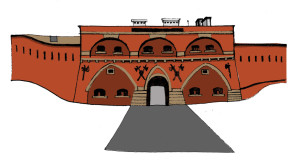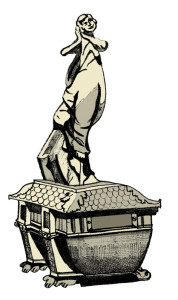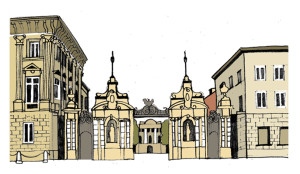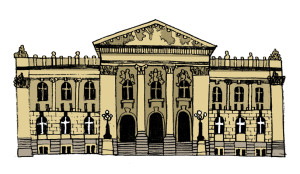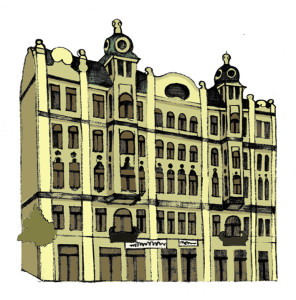The January Rising of 1863
The January Rising was a breakthrough for nineteenth-century Poland. For Prus and his peers, it was a traumatic event that shaped their entrance into maturity.
More
Spiritism
The popularity of spiritism at the time of Prus was closely related to the notion of scientific and empirical approach to knowledge. For the writer, it was an attempt to reconcile the material and the spiritual.
More
Prus, Science and Religion
For Prus and other positivists, scientific cognition was the most important category in our knowledge about the world. At the same time, they did not automatically reject religion and existing morality. The clash between science and religion is a central motif in Prus’s works.
More


